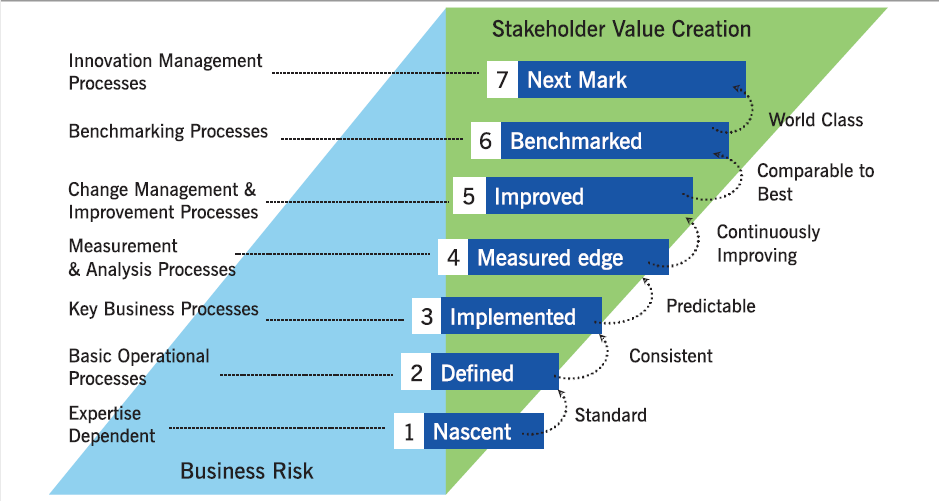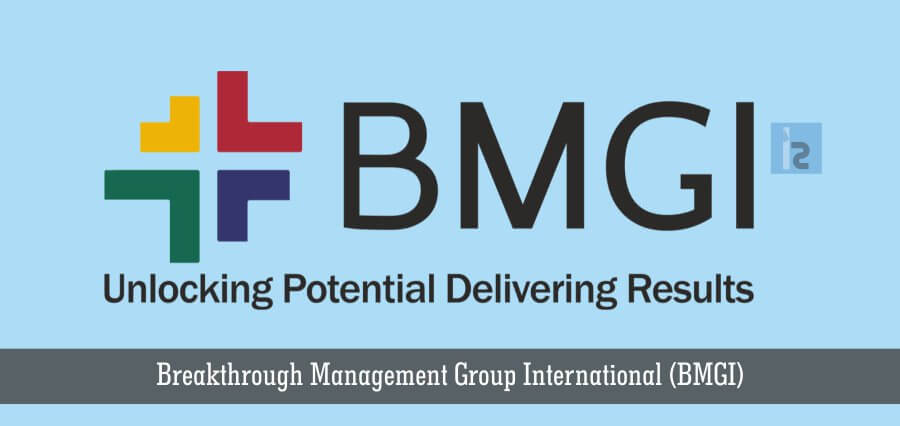Conquering Mount Everest is a metaphor for achieving the impossible, of scaling great heights. There are fourteen peaks above the height of 8000m, Mount Everest being the highest. Each poses a challenge to the indomitable human spirit and there is a constant effort by climbers to scale these peaks. The quest began in 1924 when Mallory and Irvine lost their lives in the first ever attempt made to scale the mountain.
Sir Edmund Hillary and Tenzing Norgay were the first to reach the summit in 1953, and this proved to the world that it was possible to climb these peaks. Till then it was believed that it was impossible to climb the last 800 m to the summit known as the “Death Zone”. Did conquering of Everest or other over 8000 m peaks take away anything from the challenge of climbing these peaks? Of course, it did not. This “Next Mark” established by Hillary and Norgay spurred several climbers to emulate their feat. It is evident that people will continue to strive for Next Marks that others will then benchmark.
What motivates people is the desire to do what has not been done before? As one mountaineer said, “After my first ascent, I had made up my mind to see the world, to see it from above, from the highest peak, whence I could get that wide and comprehensive view which is denied to those who observe things from their own plane.”
It is this very spirit that motivates organizations to continuously improve performance and aim for their own Next Marks. This spirit and conviction has fueled several innovations. The moment an innovation happens, others enter the fray to benchmark that product, performance or methodology. This ‘follow the leader’ process can only show what has already been achieved. It can never make one the leader. In today’s increasingly competitive world if you are not there with the best of the best, you run the risk of losing out. To truly become the best and keep winning, one would need to set the “Next Mark” which would then be copied by others. Take the case of Dell. They redefined the business model of selling computers. Likewise, Amul revolutionized the co-operative movement in the country and set a benchmark for others on building a brand.
What are the right ingredients for organizations for achieving the next vertical limit?
- Is it about the tools and technology?
- Is it the right people who do it?
- Is it clarity about the risks and knowing how to mitigate them?
- Or is it the strong foundation of organizational processes?
Of the above, many believe that tools and technology are the key. They then get caught up in the same and get limited by the limitations of the enabler.
Over time, mountaineering equipment has become more sophisticated. Also, technology advancement has resulted in increasingly accurate information on weather. This has positively impacted the success rate. In fact, most of the successful climbs have happened after 1990. However, at the same time there have been too many deaths too. Any expedition to any high mountain is fraught with risks such as inclement weather, crevasses and avalanches, faulty equipment, bad quality oxygen and incorrect judgment.
Based on the above, what are the critical success factors for achieving the Next Mark? Here are the vital few:
- Strong conviction to go into uncharted territories
- Appetite for risk
- Willingness to fail
- Ability to use tools and technology as enablers
How does an organization manage these vital few so that the Next Mark becomes a real goal which can be achieved again and again?
An overview of the organization would show it to be a collection of processes managed by people. These processes generate outputs as per desired levels of performance. This implies that management of these vital few would also become a process. Hence, the following key issues emerge –
- How many organizations see Innovation Management as a process?
- How many organizations realize that to sustain innovation it is important to have a structure in place?
Achieving and sustaining the Next Mark requires constant innovation. Hillary, when asked about the time taken to go up and come down and the amount of sleep at the top said – “It took seven days to reach the top from base camp but only three days to come down! Sleeping is always difficult at high altitude, so we didn’t sleep much.” Quite appropriate! It is difficult to stay complacent at the top as others will catch up. Also, it does not take long to undo the good that was painstakingly built.
Here are a few musts that are needed to create the right environment and infrastructure that fuel creative thinking.
- Continuous up gradation of employee skills and knowledge levels
- Availability of robust processes that can be leveraged
Most companies do not realize that organizational processes follow a maturity curve. In order to internalize innovation and sustain it, the processes need to be defined, implemented, measured and improved. Only then they will be ready to face various challenges. Technology can be used as an enabler at any stage to derive the level of performance desired.
See the Organizational Process Maturity Model below:

As the organizational processes progress on the maturity curve, a strong foundation gets built. These processes can then seek to establish Next marks supported by a strong Innovation Management processes. It is clear that as the maturity levels go up, the ability to manage and mitigate the risks improves and value creation too goes up.
The message is on the board. To be a leader one has to have the conviction to surpass barriers and leverage strengths built over time. Or else, one will continue to follow beaten paths – those discovered or charted by others. How will your organization want to be remembered as?
About BMGI
Breakthrough Management Group International (BMGI), a global consulting firm, partners with organizations to transform their business performance with a strong focus on delivering results. BMGI enables businesses to solve strategic, organizational and process problems. BMGI has partnered with organizations in various stages of their business life cycles and has delivered cumulative benefits to its clients worth several billion dollars with an engagement ROI of 5:1 to 20:1.
In India, BMGI is located in Mumbai. BMGI’s clients include leading Fortune 1000 Global companies and other Indian companies from diverse industries such as financial services, IT/ITES, airlines, chemicals, FMCG, discrete manufacturing, telecommunications, petrochemical, textiles, healthcare, energy and more.
bmgindia.com


